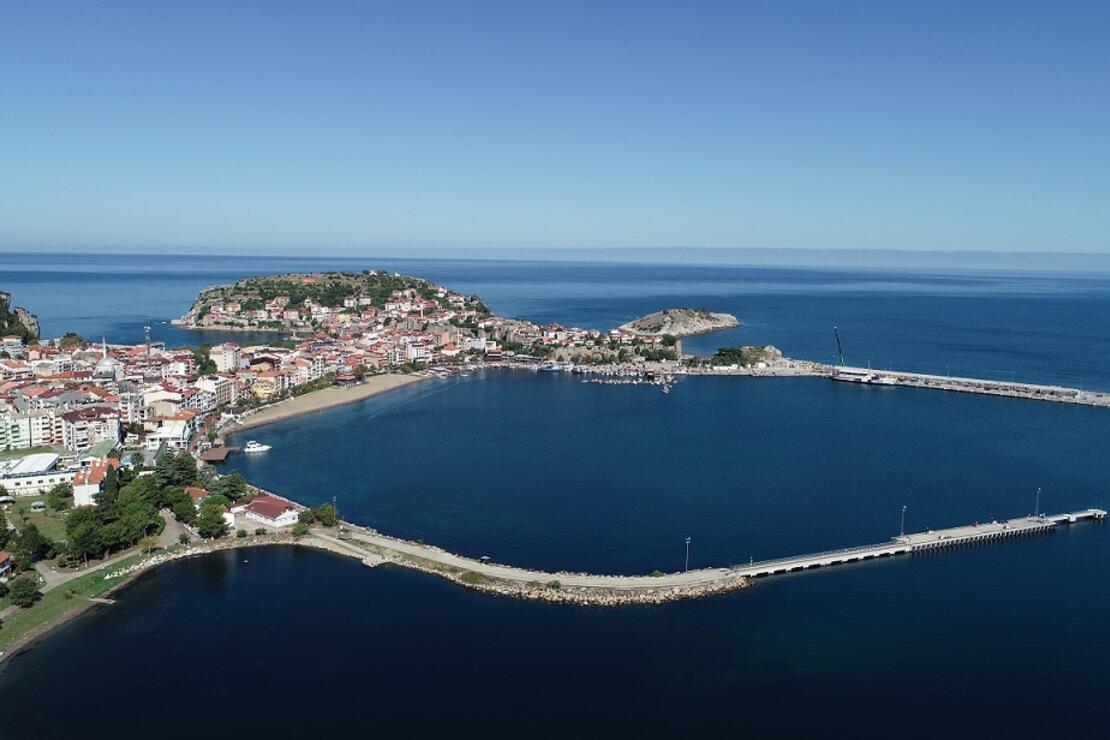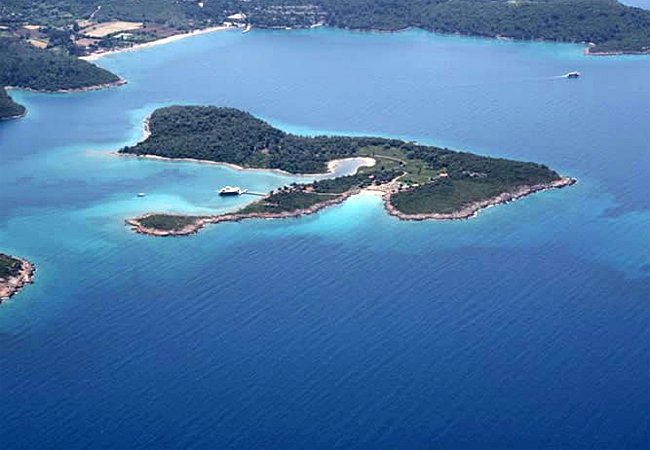
XIII. Century, Genoese merchants captured the city, many works of art have survived as a reflection of a vibrant commercial life in the city, which was under the rule of Genoese until the conquest of Sultan Mehmet the Conqueror in October 1460. Fatih, who looked down on the city before the conquest of Amasra by the Ottomans, expresses his admiration as follows: “Lala, is this Çeşm-i Cihan?” After the conquest, two churches in the city were turned into mosques, a judge was appointed and the people of Eflani Castle were settled in Amasra with the order of Fatih. The city under Ottoman rule continued its existence as a center affiliated to the Bolu Sancak Principality, and Western travelers who visited the city during this period spoke with great admiration.
After the Mondros Armistice, resistance organizations were established in the region as in the whole country. Bartın Kuva-yi Milliye Organization was established and a branch of this organization was established in Amasra under the presidency of Alemdarzade Nuri Efendi. Nuri Efendi declared in a telegram he sent to the Ottoman government and the great state embassies in Istanbul that “Amasra is an inseparable part of Anatolia”. In this period, in the face of the news that the French invading Zonguldak will also occupy Amasra, the Coast Tasarrut Detachment was established under the command of Kemal Bey (Samancıoğlu) to prevent this landing. This force, consisting of young people from Amasra and Kurucaşile under the leadership of Kemal Bey, went to the front together and took part in the War of Independence after successful struggles against the banditry movements in the region. Again in this period, Amasra contributed to the struggle for liberation financially and morally, and played an important role in transferring the aid from Russia and ensuring the security of the beaches, especially in the transition from Istanbul to Ankara.














